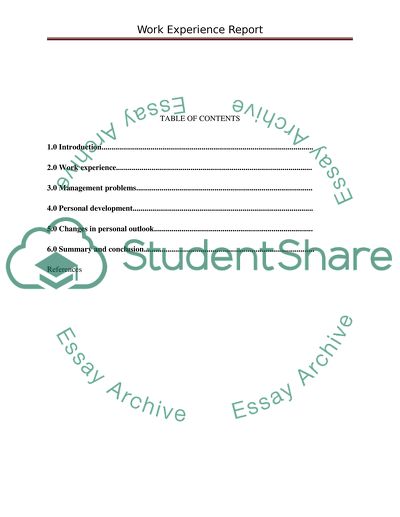Cite this document
(“Work Experience Report: Reflections on experiences at Invesco Essay”, n.d.)
Retrieved from https://studentshare.org/marketing/1404258-work-experience-report
Retrieved from https://studentshare.org/marketing/1404258-work-experience-report
(Work Experience Report: Reflections on Experiences at Invesco Essay)
https://studentshare.org/marketing/1404258-work-experience-report.
https://studentshare.org/marketing/1404258-work-experience-report.
“Work Experience Report: Reflections on Experiences at Invesco Essay”, n.d. https://studentshare.org/marketing/1404258-work-experience-report.


